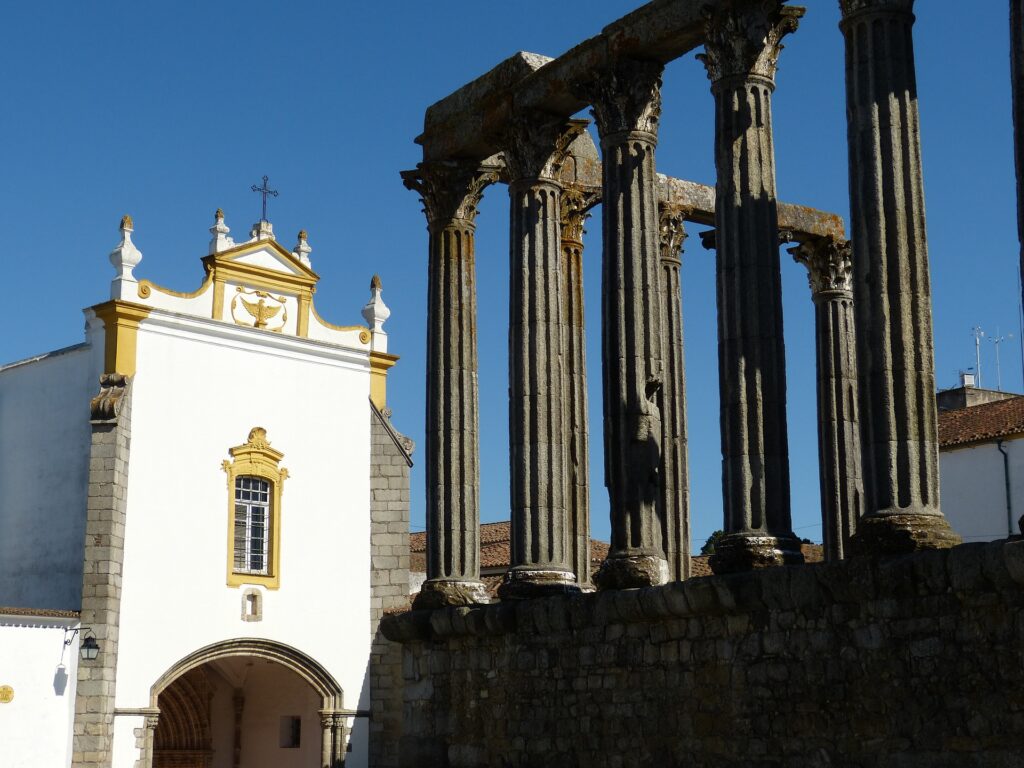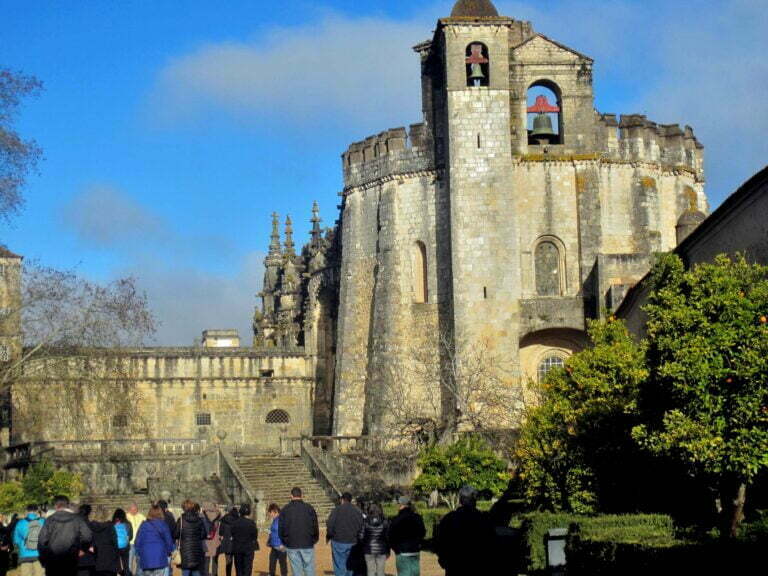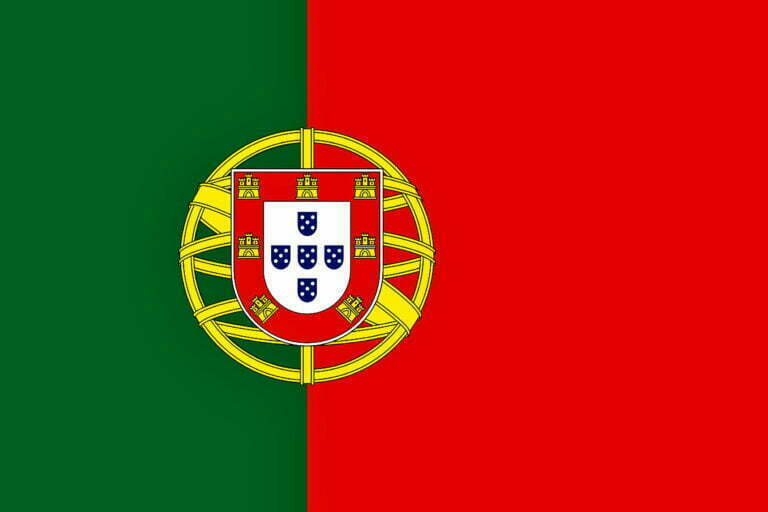Evora is a museum-city and concelho (municipality) that lies in a fertile valley surrounded by low hills, 110 km (70 miles) east of Lisbon, in south-central Portugal, and was a UNESCO World Heritage Site from 1986 onwards.
Where is Evora
Évora’s Portuguese origins date back to Roman times, and it reached its zenith in the 15th century. When the Portuguese kings made it their home.
Evora Spain, distinct character originates from the whitewashed buildings with azulejos and wrought-iron balconies that date from the 16th to the 18th centuries. Its monuments had a significant impact on Portuguese architecture in Brazil.
Evora History
Evora was previously known as Ebora. It was the headquarters of the Roman general Quintus Sertorius from 80 to 72 BCE, and it remained an important Roman military base for a long time. It was afterwards renamed Liberalitas Julia in honor of the civic liberties granted to it by Julius Caesar.
Évora was invaded by the Moors in about 712, who dubbed it Jabura, and it remained under Moorish administration until around 1166.
The monarchs of Portugal began to dwell at Évora on a regular basis in the 15th and 16th centuries. The city’s bishopric, established in the fifth century, was elevated to the rank of archbishopric in the sixteenth.
It was under Spanish control from 1663 until 1665. Dom Miguel, the claimant to the Portuguese crown, retires before Pedro I, i.e., Dom Pedro, in 1832.
They sought sanctuary in Évora, and the pact that expelled Miguel was written at the hilltop stronghold of neighbouring Évoramonte. Évora has been fought over for ages, and its coat of arms depicts two severed human heads.
Evora cathedral
The Évora cathedral was built in the Romanesque style (1186–1204) and was later reconstructed in the Gothic style (c. 1400). Sao Francisco Church (1507–25) is an excellent example of Manueline architecture, which combines Moorish and Gothic elements. It has a 16th-century chapel made from the bones of 5,000 monks.
The city also serves as the home of the University of Évora. It was created in 1559 to follow the College of the Holy Spirit (Jesuit; founded in 1551), but it was closed down in 1759. It was renamed the University Institute of Évora in 1973. In 1979, it was replaced by the University of Évora.
Is Evora worth visiting
The Pousada dos Lóios is an inn located on the grounds of the old convent of Lóios (15th century). The little Roman Temple of Diana lies just outside the inn; it is a name for which no reliable authority exists, and it dates from the 1st–3rd centuries CE. With the cathedral and university, the city became a center for music study and performance from 1640.
The Évora Museum has archaeology and art exhibitions. The ancient center of the city contains a defensive wall dating from the Roman, Moorish, and subsequent periods, as well as whitewashed dwellings embellished with azulejos, or glazed tiles. Évora is principally an agricultural trading center for corn, or maize, apples, hay, and pigs.
Tourism is a major contributor to the city’s economy. Other than iron-founding, cork processing, and fabric production, there is minimal industry. Nearby are prehistoric remnants such as cave paintings and stone structures.
The surrounding area is rich in cork trees and has a good agricultural sector. It also has mines for iron ore, copper, and asbestos, as well as marble quarries.
Historic Centre of Évora
Historic Centre of Évora is the capital of the Alentejo Province in Portugal. It has been shaped by almost two centuries of history, dating back to Celtic times. It fell under Roman control and still maintains remnants such as the Temple of Diana.
The Christian city inhabited the surface area bordered by the Roman wall, which was afterwards modified during the Visigoth era.
Under Moorish rule, which ended in 1165, the initial defensive system was improved further, as shown by a fortified gate and the ruins of the old Kasbah.
Things to do in Evora Portugal
There are several mediaeval buildings, the most well-known of which is the cathedral, which was completed in the 13th century.
But it wasn’t until the 15th century, when the Portuguese monarchs began to visit Évora on a more regular basis, that the city’s golden era began.
St Claire Convent, the royal church and convent of Sao Francisco, not far from the royal house of the same name, and Os Lóios Convent, with the Sao Joao Evangelista Church, were among the many convents and royal palaces that sprung up in the period.
These are significant monuments that were either wholly new constructions or built within existing structures, and are distinguished by the Manueline style that persisted in the great masterpieces of the 16th century.
Évora became Portugal’s second city after the establishment of the University of the Holy Spirit, where the Jesuits taught from 1553 onwards.
However, the university’s fast collapse began in 1759, with the expulsion of the Company of Jesus by the Marquis of Pombal.
Évora is noteworthy for reasons other than its magnificent legacy associated with key historical events. The 16th century saw extensive urban development as well as significant intellectual and ecclesiastical impact.
Évora also boasts a number of notable 16th-century aristocratic homes, such as Cordovil House and the House of Garcia de Resende.
The city’s distinct quality stems from the cohesion of minor architecture from the 16th, 17th, and 18th centuries. This cohesiveness is manifested in the shape of a slew of modest, whitewashed buildings.
It was covered with tile roofs or terraces and was embellished with Dutch tiles and wrought-iron balconies. It runs along tiny medieval-style alleys that provide testament to the town’s concentric expansion until the 17th century. It also contributed to the essential unity of a form of building that is well suited to the climate and location.
The great earthquake of 1755, which wrecked numerous towns in Portugal, including Lisbon, mostly spared Évora. The monuments in Évora’s historic centre attest to their tremendous effect on Portuguese architecture in Brazil.
Share to stand out from the crowd with this Blog.


